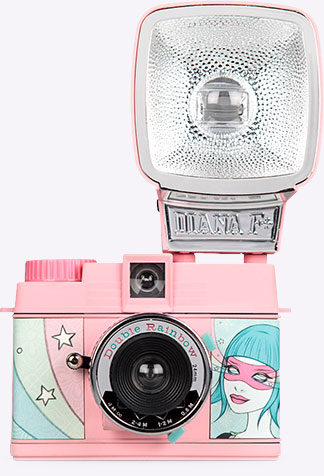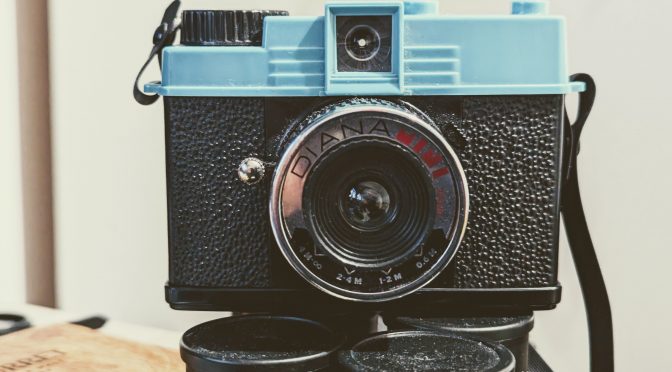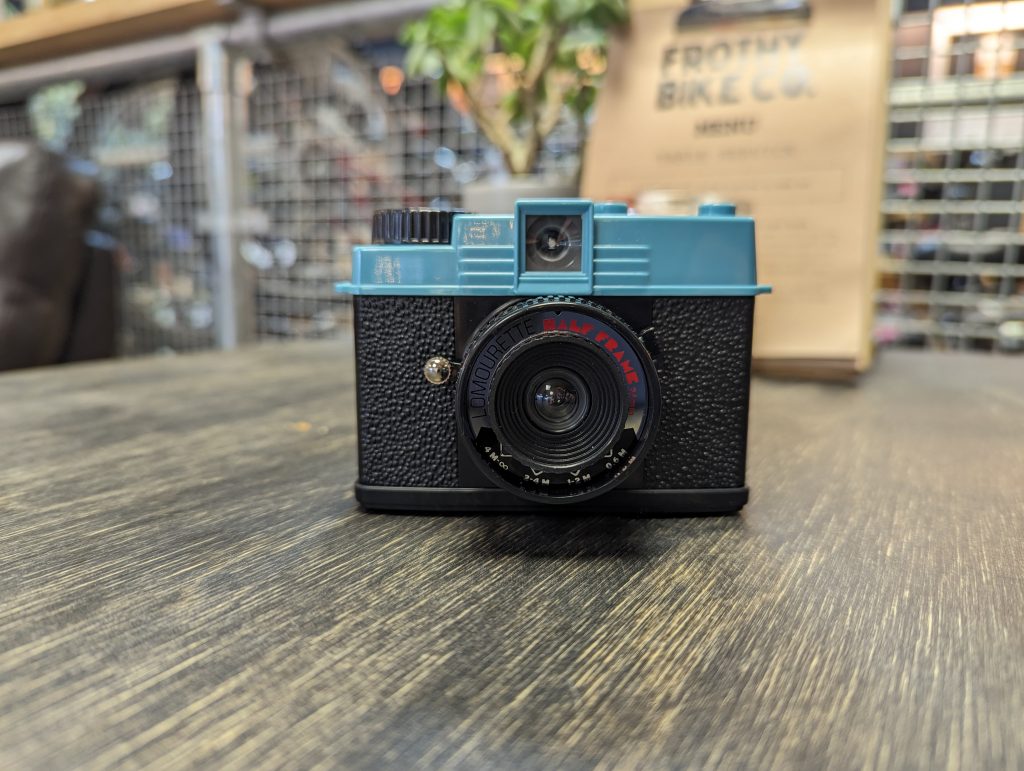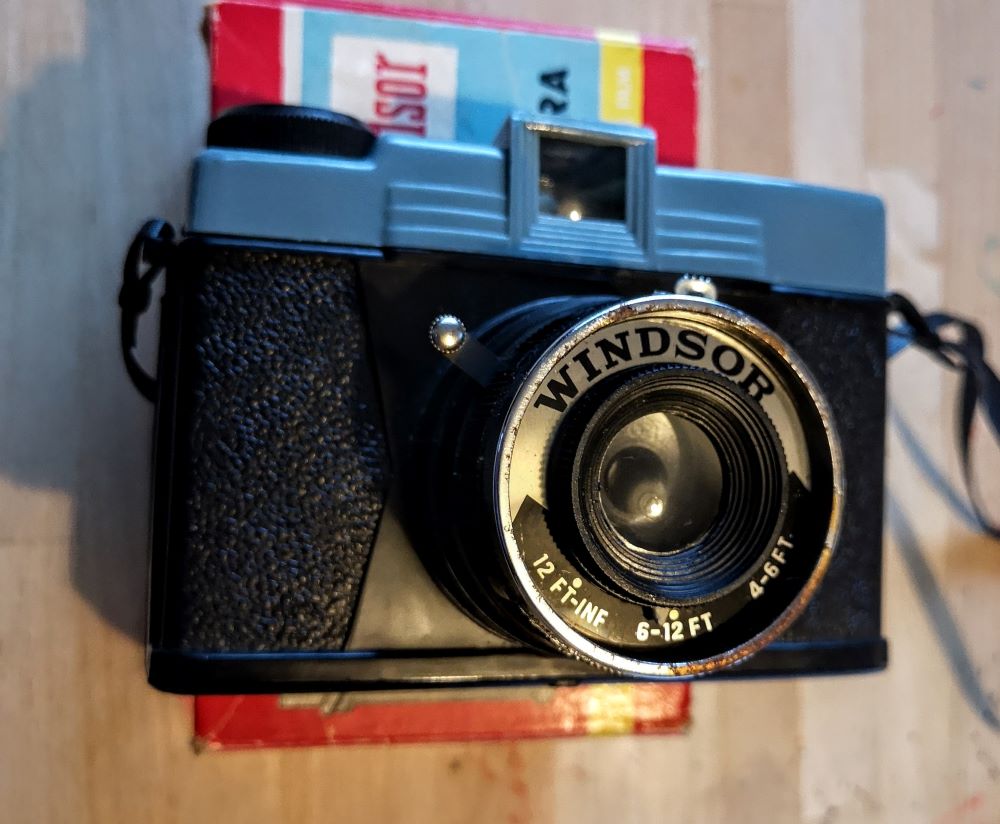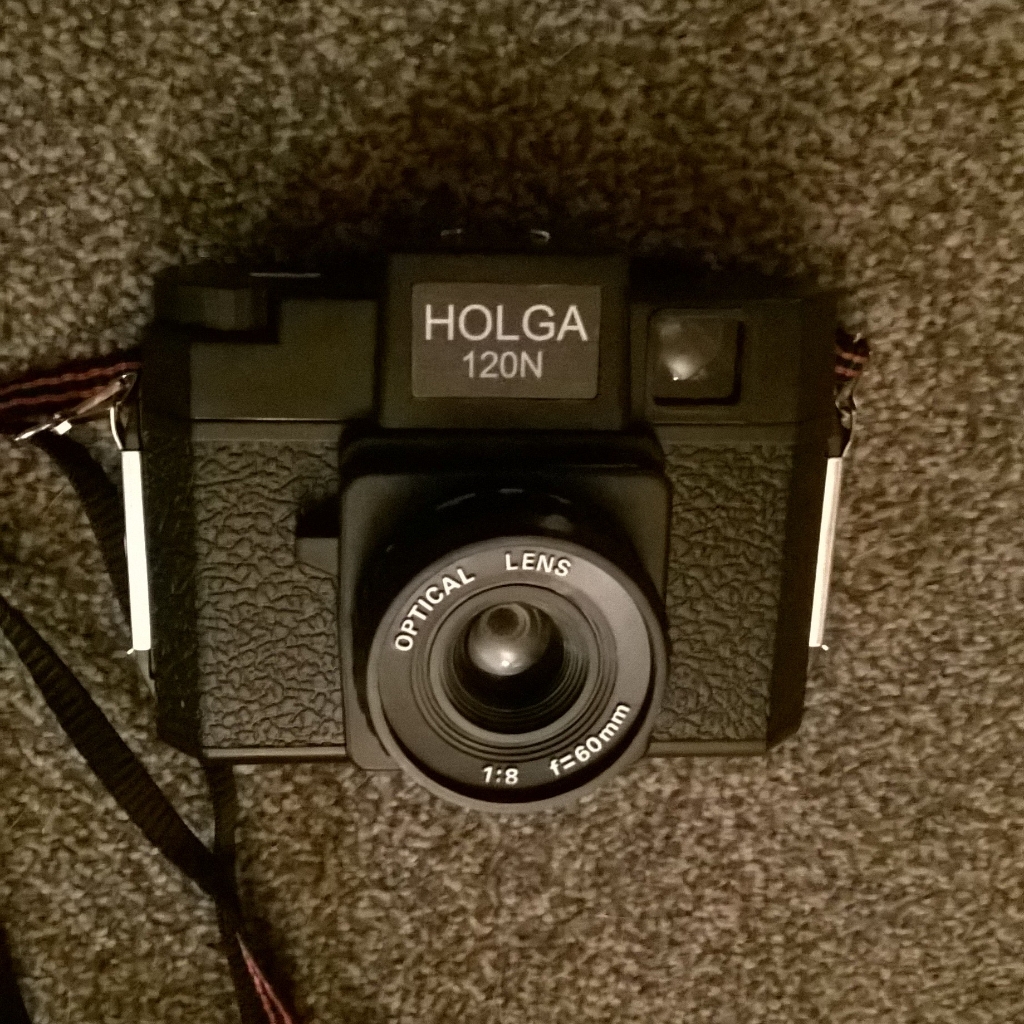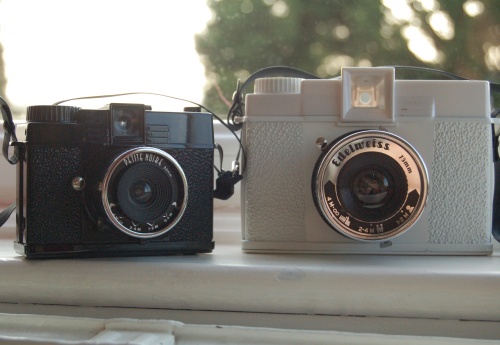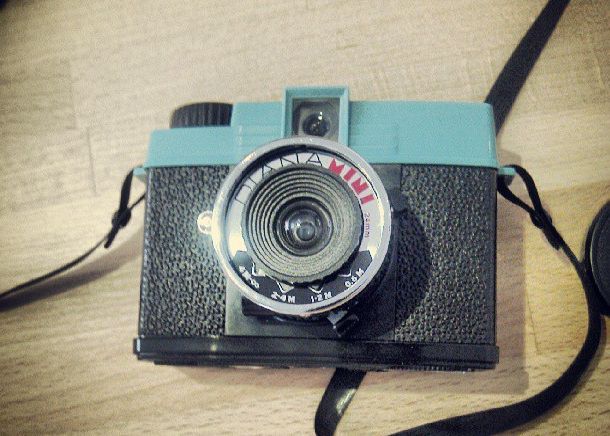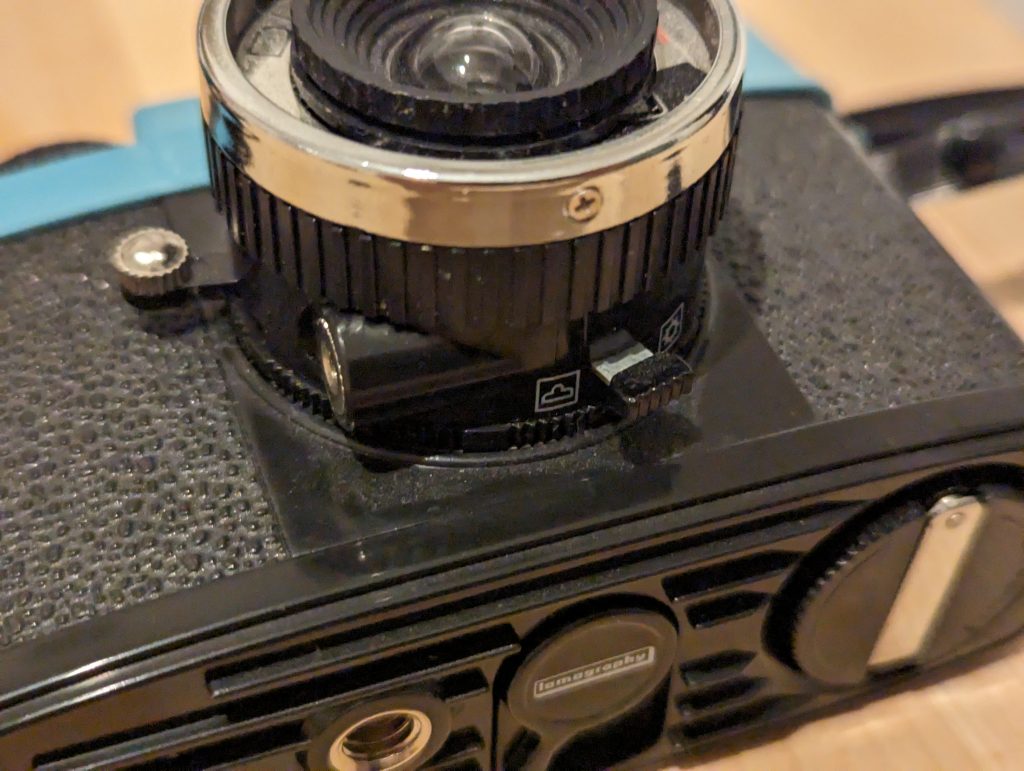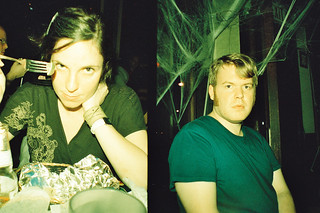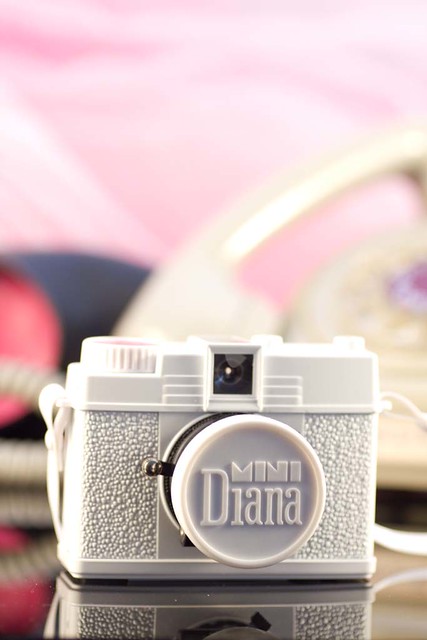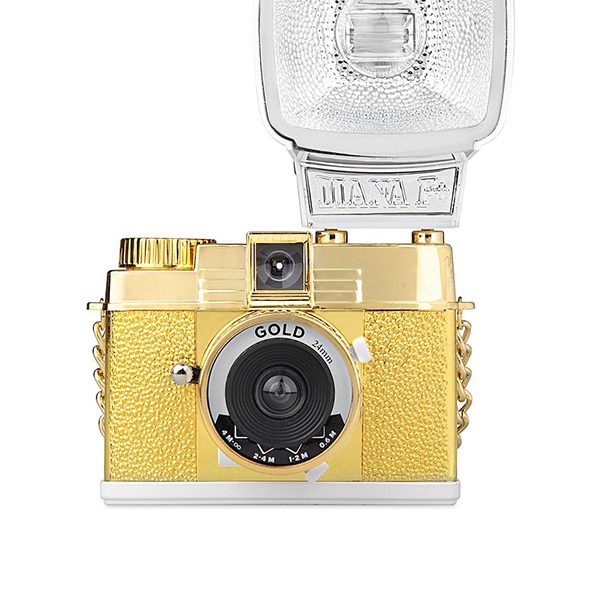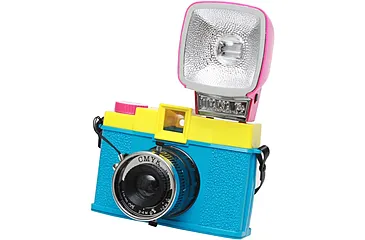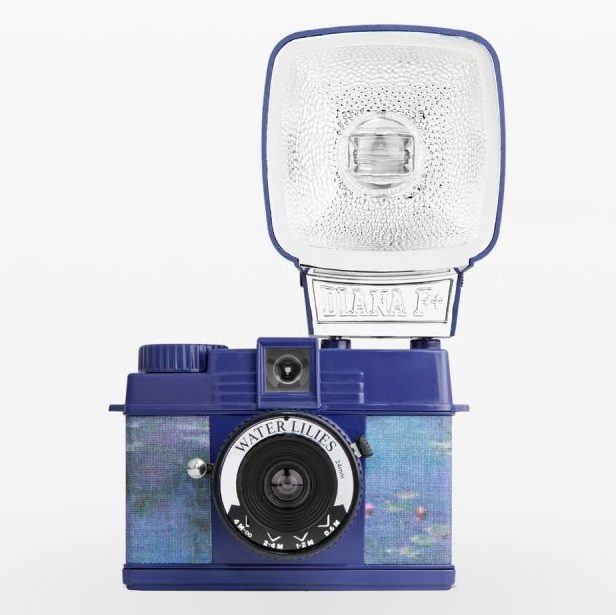I’ve been musing about the new Lomourette camera. It is heavily based on the Lomography’s Diana Mini, a Lo-Fi beast with a bit of cult following. Turns out it wasn’t only based on the Mini. It’s replacing it. The Diana Mini is dead.
I’d had some email chat with Lomography’s press team about the Lomourette. They were surprised to hear me mention it and I get that as their big focus has been on the new 110 shooting Lomomatic.
I speculated that the Lomourette was being test marketed in Asia but within my email exchanges to Lomography’s PR team something else popped up.
Turns out it’s not a tweaked version – it’s the replacement for the Mini which is being phased out !!!
Never Heard of This Diana Mini Thing ?
For those of you unfamiliar. Here’s my guide to the history of the Mini
Launched in 2009, the Mini can trace it’s roots back way. Even possibly before the Austrian students who came up with Lomography were even a glint in their mother’s eyes.
We need to go back to the Swinging 60’s
The original Diana and clones
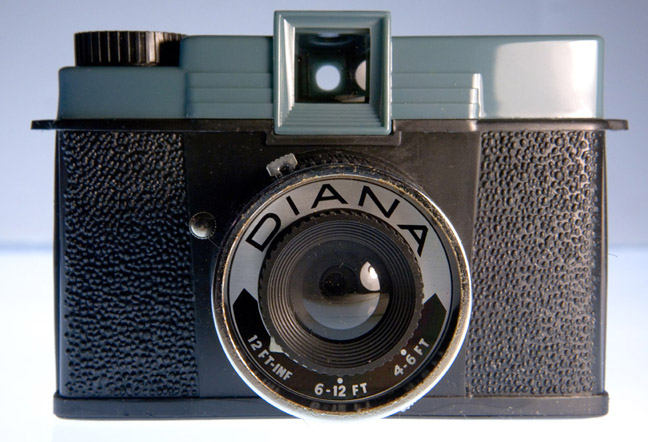
We need to go back to the early 60’s when the Great wall Plastic Factory in Hong Kong started producing a cheap inexpensive 120 roll film camera call the Diana. These were mainly for export to the US and were often sold wholesale at just 50 cents (US) per unit. It was mainly used as a freebie promotion item or as prizes at fairs etc. but some were sold directly from small ads. The Diana would be followed by dozens of clones. But production stopped in the early 70’s
Some had different frame masks or features like flash attachments
These cameras were mainly freebies and largely overlooked. But in the 1970’s Photography courses started to use them for their Lo-Fi aesthetic. They produce soft at times almost dreamy images and are prone to leaks etc. They would spawn 2 spiritual successor. The Holga 120 intended for burgeoning working class consumers in China launched in 1982.
It failed in the target Market thanks to the rise of 35mm but was taken up by western lo-fi shooters. It lives on today in various guises having returned from the briefly being out of production a few years ago
And then Lomography came along
Lomography and the Diana
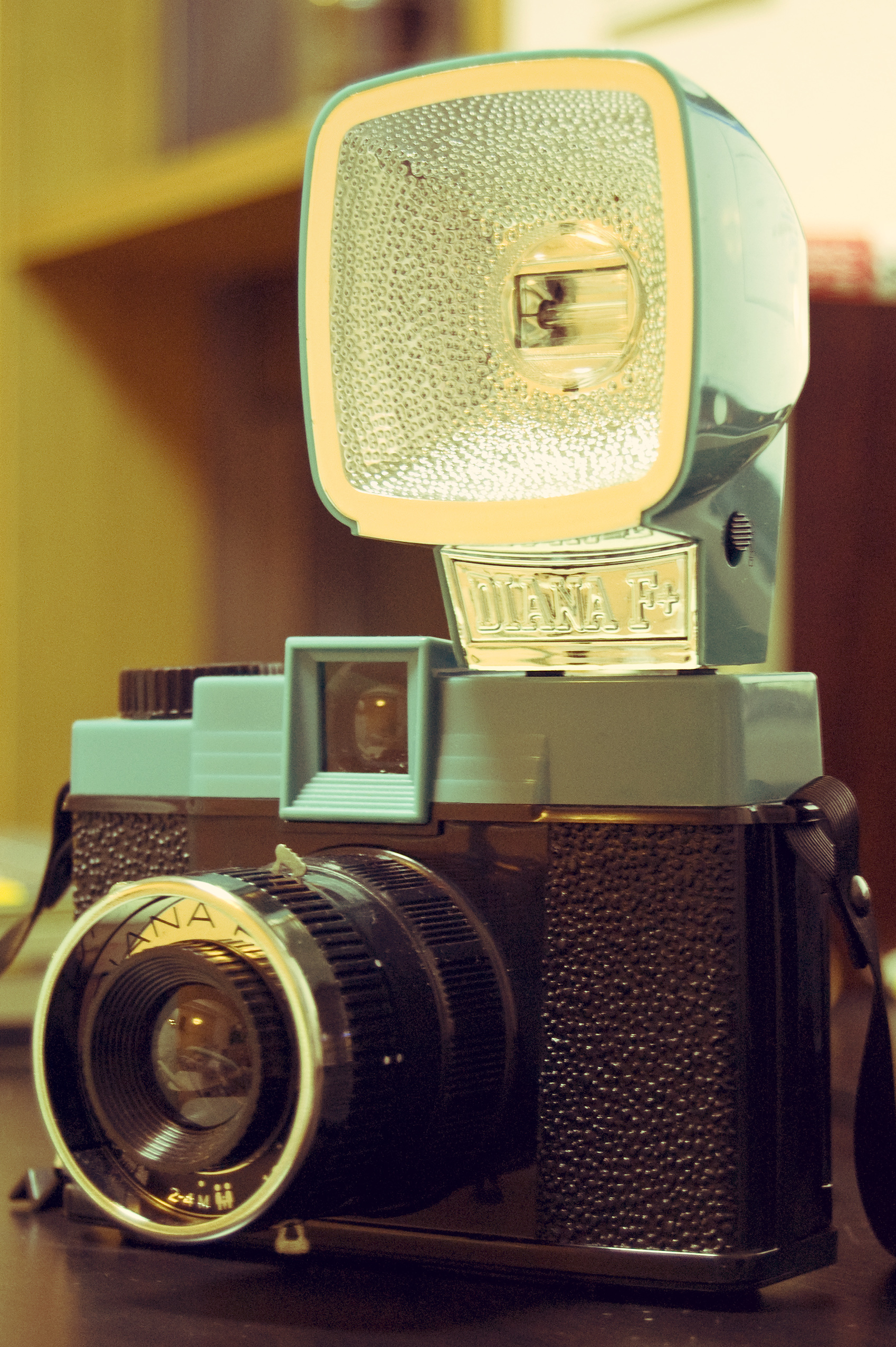
In 2007 Lomography AG brough back the Diana camera. But it wasn’t a meer homage they improved on the original. 2 models were originally launch the short lived Diana+ that lacked flash connectors. And the still in production Diana F+ with sockets for the proprietary Diana flash unit.
But compared to the original Diana these are true system cameras with interchangeable backs (for 35mm and instax), lens and shed load of accessories over the years. They also offered pinhole (and there is a dedicated pinhole operator version now). The core camera offers a range of frame mask
It like the later mini has been sold in a multitude of limited edition versions
The Diana remains one of Lomography’s cornerstone cameras along side it LC-A models
Lomography’s Diana versions
The company would expand the range to include formats pretty much covering all analogue film types
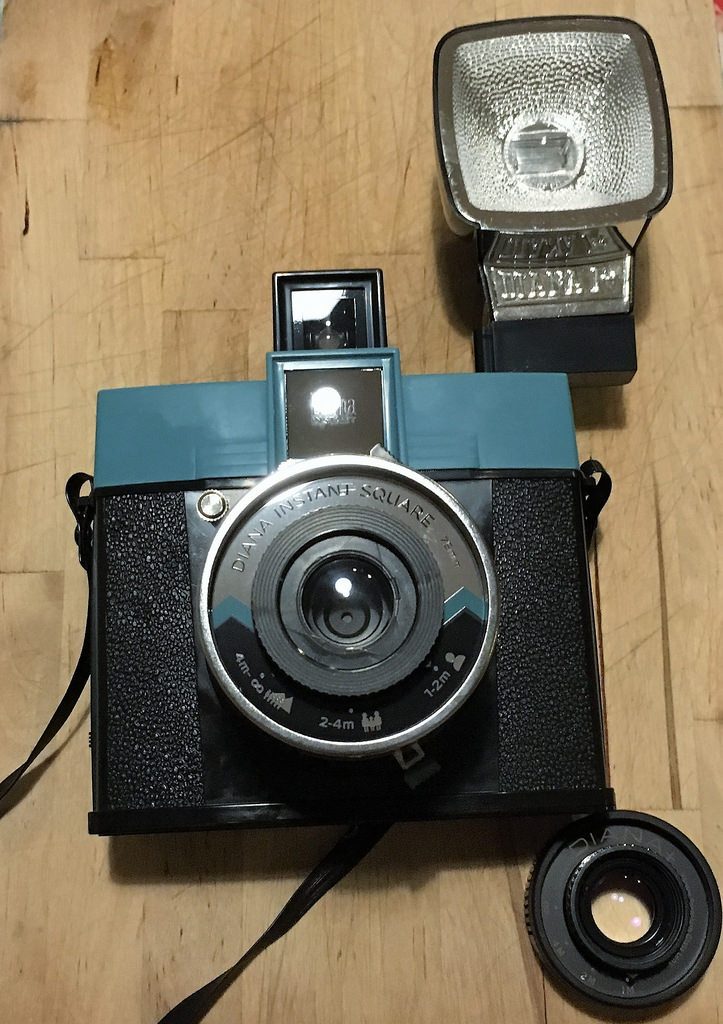
- 2009 Diana Mini 35mm
- 2012 Diana Baby 110
- 2018 Diana Instant Square (instax SQ)
The Instant square has the same lens mount allowing you to swap out lenses for other Diana F+ lenses. The Baby 110 also has interchangeable lenses (only 2)
The Diana Mini
It is a wonderful re-imaging of the bigger 120 camera. It has a fixed 26mm zone focus plastic lens. The whole back comes off like the F+ for loading and it has the same proprietary flash mount. Like the bigger model it offers both a fixed shutter speed (1/60) and bulb.
But unlike the F+ there is proper cable point allowing you to use bulb much more creatively. It also has variable aperture but only 2 setting sunny (f/11) and cloudy (f/11). For more tech details you can see my full review. As my review details you get quite characteristic lo-fi images similar to the 120 version.

It has a switch that allows you to move from 24x24mm square shots to 24x17mm half frame. You can do this mid roll but your lab will hate you.
The Numerous versions
The camera has been sold like its big sibling in various colours. The Diana mini microsite (irritating you may need to turn off your ad blocker to view) shows 10 versions but there are more and the 2 models that are the last of stock are the classic blue black (one of the 10) and the picnic not included).
You can find other examples including love is in the air (sky blue with clouds), latitude (with old map design), Hello Kitty (nuff said), leopard (you can guess), CMYK, Monte Rosa (sky themed), Nami (Japanese wave) and coral (orangy) to name I suspect but a few. The company sold some Limited editions via Urban Outfitters like the glitter covered Superstar version
And the Lomourette ?
So this is the successor but oddly not called a Diana. A cut down version of the original sharing many features. It has a fixed half frame set up (slightly wider at 24x18mm) and only one aperture. To make things worse, it also loses the cable release and tripod point of the original
It also isn’t called a Diana ? I suspect that will be rectified to Diana Lomourette or Diana Half before long. But someone in marketing goofed IMHO.
Last Chance Saloon if you want the Diana Mini
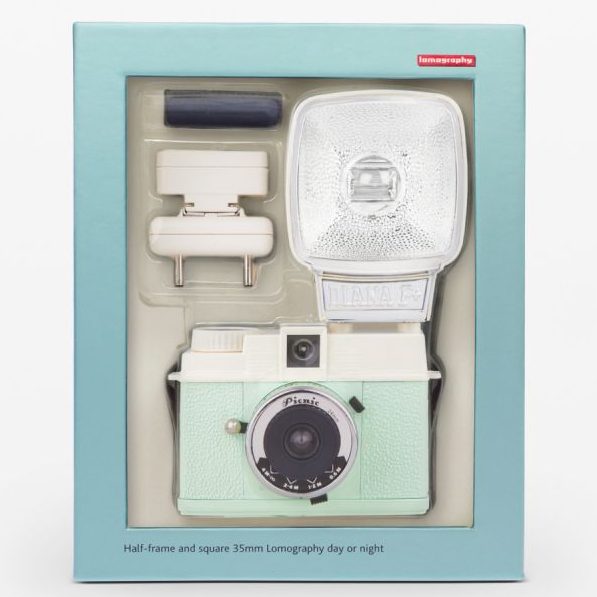
The Mini is still available on Lomography’s site in the UK at the time of typing. It can also be found at various online locals. It is easier to buy here in the UK than its replacement at the mo. With even the likes of Selfridges & Co selling it. So it is likely to be a long goodbye to this lo-fi favourite.
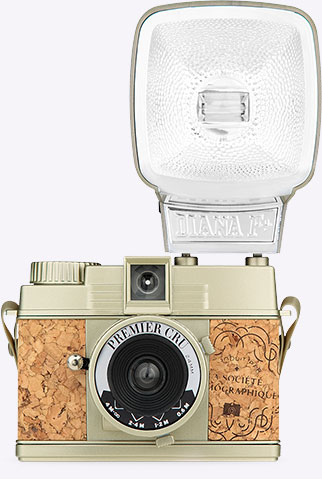
Other Reviews of the Diana Mini
As well as my full review you can check out reviews on Peggy Marsh’s Camera Go Camera, Broken Camera Club and Analog.cafe.
